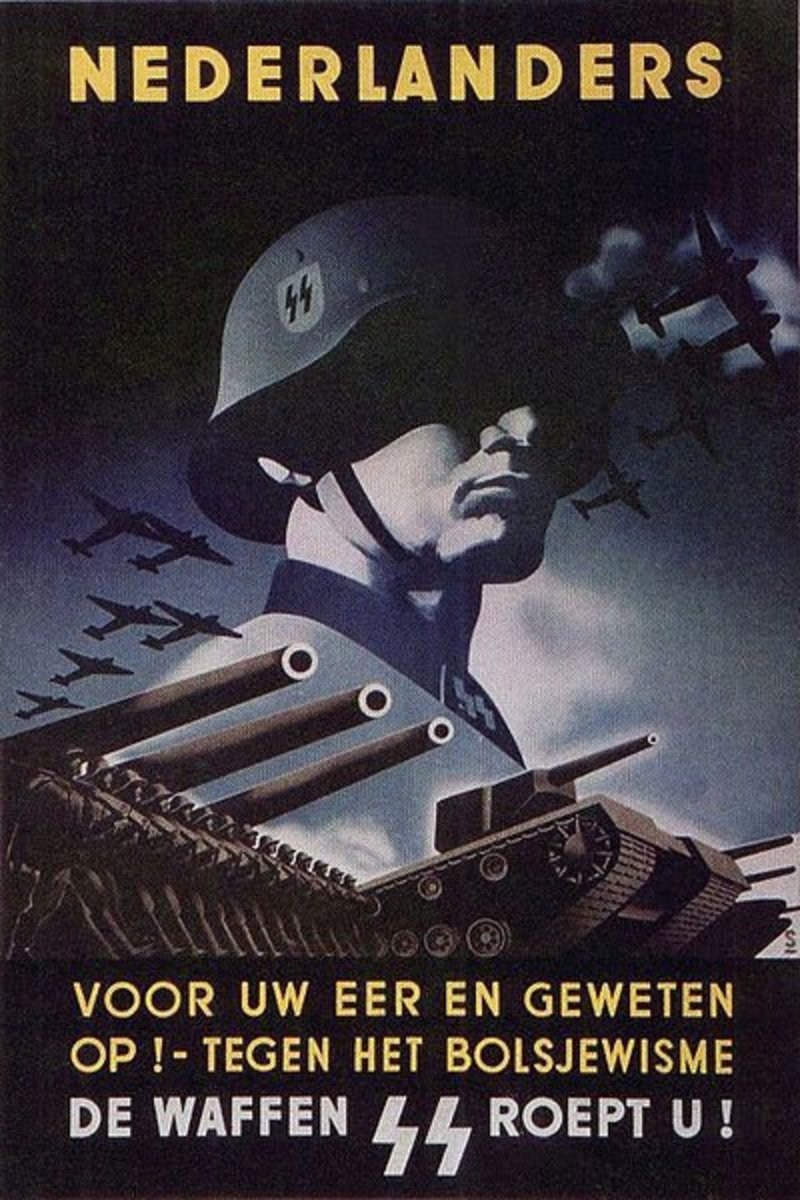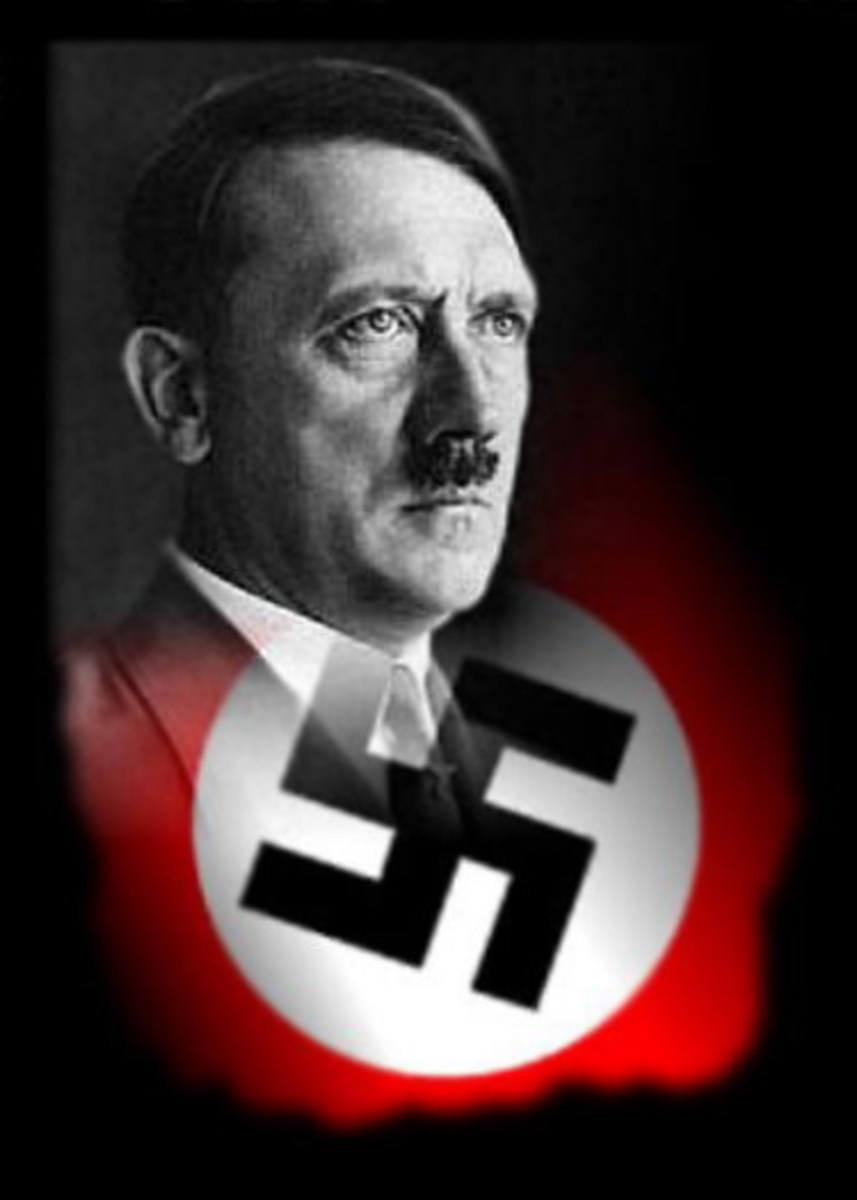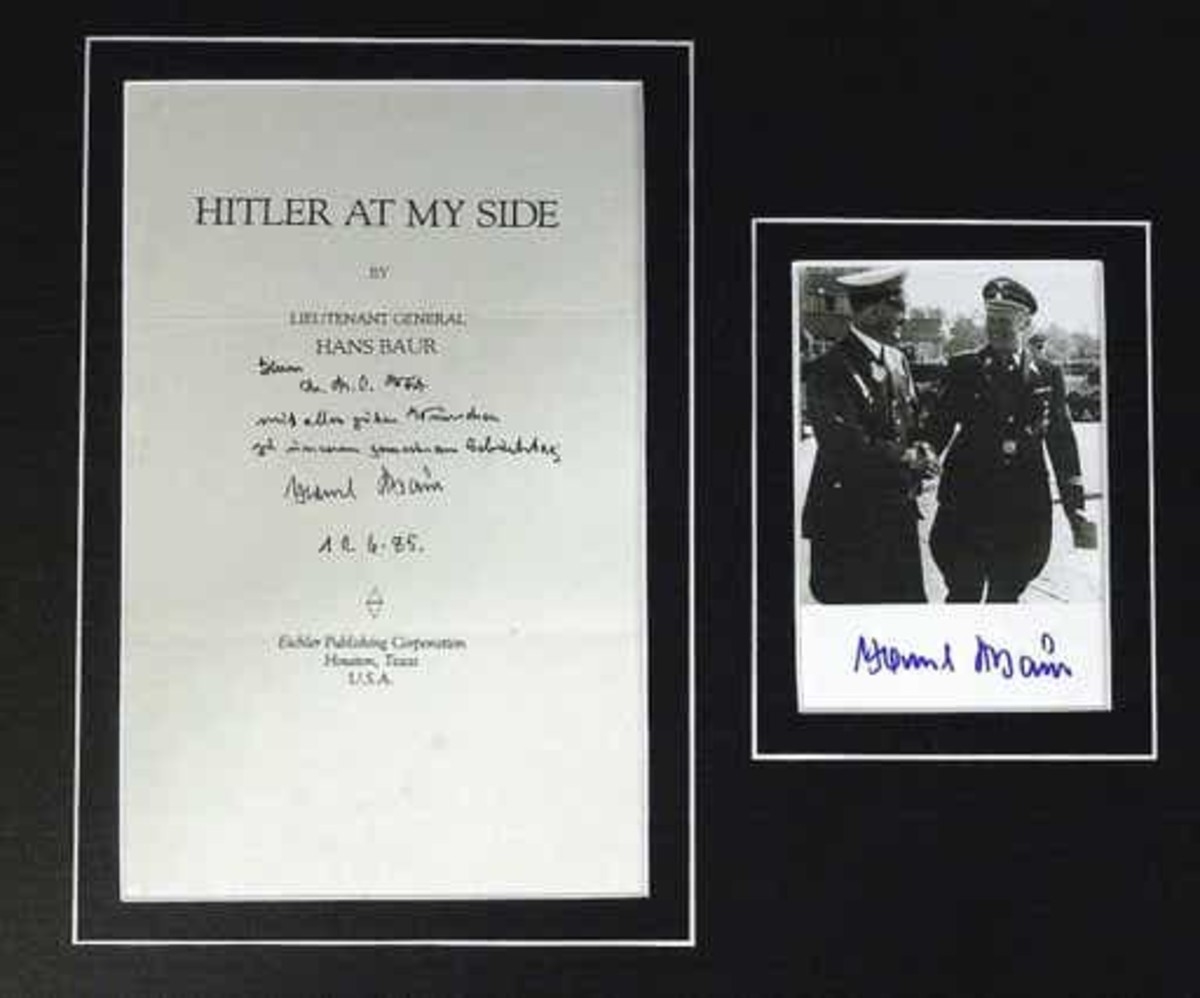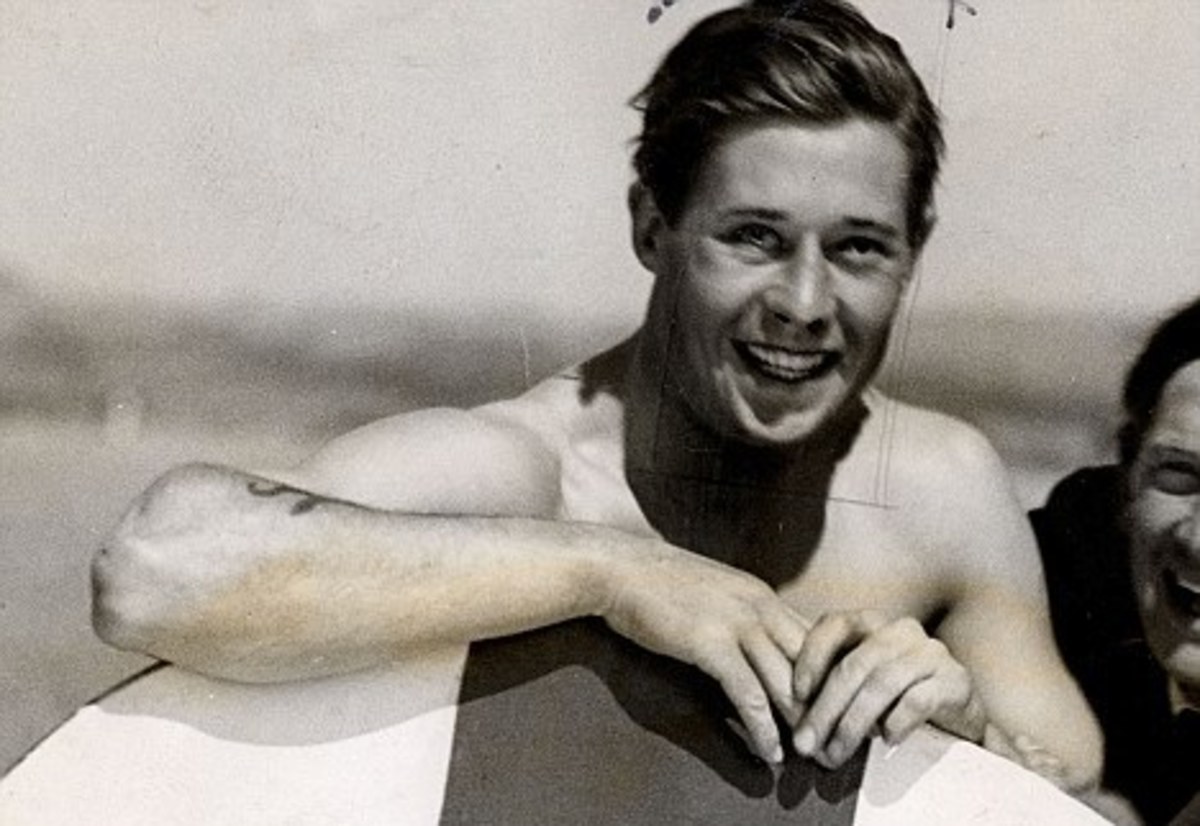- HubPages»
- Education and Science»
- History & Archaeology»
- History of the Modern Era»
- Twentieth Century History
Hitler's SS
Schutzstaffel
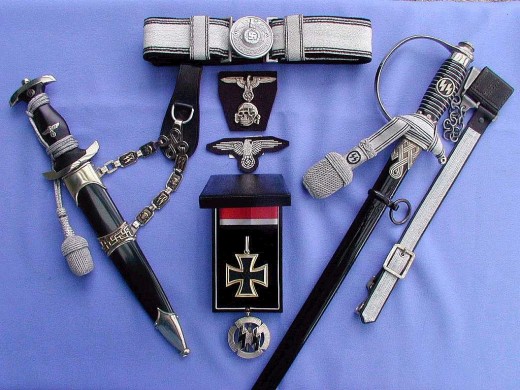
The History of the Schutzstaffel
The SS had its origins as being formed, in 1925, as a branch of the Sturmbateilung (SA), which was tasked with the personal protection of Adolph Hitler. Beforehand, the SA (the brownshirts) had been charged with representing the Nazi Party in terms of brute force and melee. However, a small group of them, approximately 8 men, were tasked with the protection of Nazi Party staff at meetings and so forth.
The SA had been abolished after the failed Putsch of 1923, but later reformed in 1925. During this reformation period, the SS was established in full as a body-guard agency for Adolph Hitler himself.
The SS carried out its duty as a subordinate unit to the SS, yet still subordinate to the SA. In 1934, during the summer, the SS carried out the 'Night of the Long Knives', during which the SS was schism-ed from the SA, and many of the SA and other paramilitary brownshirts were jailed or executed. From this point on, the SS acted with authority not only as Personal Bodyguard for Hitler, but as Internal Security for the Nazi Regime.
The SS and the Aryan Myth
The SS was primarily tasked with towing the party line, and this included supporting, in all ways, the developing myth of a master race and the Nazi occultism. A whole section of the SS was dedicated to 'race', which we can assume means a mixture of political loyalty, and ethnic purity, and possibly the study of such.
The SS was responsible for helping to develope and fund the activities of the Ahnenerbe, including the trip to Tibet.
As well, and probably more tellingly, the detainment of party targets, their internment at concentration camps, and their eventual elimination in the holocaust, was principally the task of the SS. Which remains a reason that the SS faced severe war crimes charges, and were not considered applicable for pensioning in Germany.
SS Rank and Organization
The SS was known for its signature black uniforms, and its own Paramilitary Organization. The SS had its own system of ranks, that started at applicant, proceeded to trooper, and ran all the way to National Leader of the SS. The ranks and titles were noted for their class egalitarianism, and honorary titles such as 'Sir' were not used. All members were referred to by rank, or simply called 'Comrade'.
The Waffen-SS kept the same ranks, though they used a dark grey field uniform, and carried German infantry weapons, as they were a front line force.
Waffen SS

The SS and the War
During their highest point in membership, the SS had over a million men at arms. These included German Nationals ('Aryans'), as well as conscripts into the SS ('Waffen-SS'). They organized into traditional divisions, and fought on all fronts, along side the Whermacht.
Of the 38 divisions that the Waffen SS fielded, some of the more notable include the SS Leibstandarte SS Adolph Hitler, which was charged with maintaining Hitler's Personal Security. The SS Totemkapf, known as the 'Death's Head', was charged with maintaining concentration camps, as well as participating in battles on the Eastern Front. The 5th SS-Panzer Division Wiking was recruited primarily from the Scandinavian Nations, and fought on the Eastern front.
The vast majority of SS Divisions were combined arms groups, usually Mechanized Infantry supported by a complement of as many as 200 tanks.
War Criminals & Escape
After the end of the War, the SS was treated as the principal proponents of the War Crimes, and not given any release due to being under command, unlike the regular army. As a result, many SS Members were tried at Nuremberg, and none of the members of the SS recieved benefits given to other veterans.
A number of SS Officers organized a secret entity named 'ODESSA', whose goal was to secret out SS Officers and Forces from Germany after it was clear that the Germans had lost the war. They mostly fled to South America and the Middle East, and have even been responsible for some terrorist attacks even as late as the 70s.


